Netanyahu: Lieutenant Colonel John Henry Patterson, “Godfather of Israel”
Recently in West Belfast, in the north of Ireland, a large and detailed mural has appeared extolling the career of Lieutenant Colonel John Henry Patterson, a British Army officer described by Benjamin Netanyahu as the godfather of the Israel occupation forces.
Who was Paterson and what does his history tell us about the affinities between settler colonialism in Ireland and in Palestine?
Born in 1867, Lieutenant Colonel John Henry Patterson of British settler stock in Ireland, enlisted in the British military at 17 years of age and at the age of 31, was posted to Uganda, where he is said to have calmed the superstitious natives by killing two man eating lions.
He reenlisted in the army to fight in the Second Boer War in which the British, in pursuit of newly discovered gold deposits, fought Dutch or Boer settlers for territory using scorched earth policies and setting up concentration camps for Dutch settler women and children.
In 1913, Patterson joined the Ulster Volunteer Force, an illegal militia set up by Protestant settlers in the north of Ireland to resist decolonization by force of arms. Viciously anti Irish, they formed from a milieu which subjected Belfast to a reign of terror.
Night after night, the streets are paraded by orange mobs looking for victims. In the 1914 to 1918 War, Patterson, a convinced Christian Zionist, founded and commanded the Zion Mule Corps., an all Jewish unit, which was involved in the fighting at Gallipoli. The unit was then disbanded, but later in 1917, in collaboration with the extremist revisionist Zionist Vladimir Jabotinsky, a so called Jewish Legion was formed. It fought the Muslim army of the Ottomans in Jerusalem.
This paved the way for the British mandate and the horrors of the later Zionist military occupation in 1948.
One of the soldiers under Patterson’s command was David Green, who later became the first prime minister of the Zionist entity under the name David Ben Gurion.
Patterson died in 1947 but in 2014, his remains were re-interred in a grave in Netanyahu besides some dead members of the Jewish Legion. The Minister of Defense and the Prime Minister Benjamin Netanyahu gave an oration. Patterson was described by Netanyahu as the godfather of the Israeli army.
Patterson personally knew Netanyahu's father, Benzion, and was appointed godfather for Netanyahu's brother, Jonathan, who had been named after Patterson.
… and as such, he can be called the godfather of the Israeli army. He also happened to be the godfather of my late brother Jonathan, who was named after him, and a person of depth.
Former Israeli Prime Minister Benjamin Netanyahu
Ulster Loyalism and Zionism are ideological twins, and John Henry Patterson was a symptom of the close relationship between differing settler colonial projects united in their racist content for the natives and support for ethnic cleansing.
David Miller is an academic and former professor at Bristol University and a leading British scholar and critic of Israel. He's also a co founder and co director of the lobbying watchdog "Spin Watch".
Bill Ralston is Professor Emeritus of Sociology at the University of Ulster. He's written widely on the conflicts in Ireland, including documenting the experience of relatives of those killed by State forces, and has charted the involvement of death squads in the violence. He is also without doubt the world's leading authority on political murals in the north of Ireland.
Can you tell us a little bit about your research on murals and how they relate to the politics of Irish Republicans, and indeed, how they relate to the politics of the loyalists, too?
I've done a number of books on the murals and I've titled, each of them “drawing support”, and it's a play on words, but the notion is that each set of murals attempts to mobilize popular support for the cause that has been represented in the mural.
On the Republican side, that began with the hunger strike in 1981, but developed into support for all sorts of other Republican positions, local positions, and indeed, it's about international solidarity.
On the Loyalist side, the murals are older, and they centered around the orange marches on the 12th of July, the annual celebration of King William, Protestant King William's victory at the Battle of the point in 1690.
Later they became a way of mobilizing support for loyalist paramilitary groups, and had a much narrower range of issues and a much narrower range of focus than the Republican murals.
Bill Ralston, Professor Emeritus of Sociology, University of Ulster
David, you've been to Belfast recently and you saw this mural up close, what did you make of it?
Well, I've been to Ireland a lot. I did my PhD in the north of Ireland, traveled quite a lot across the "provinces" as It's called by the loyalists, and today, Belfast and … in the north of Ireland, always going to places and so I'm familiar with the fact that Israeli flags fly quite regularly in Belfast, but I was quite surprised to see this mural.
Such a detailed history of the origins of this guy, Patterson, who'd been an Irish Protestant settler, who'd fought against decolonization with the UVF, an illegal militia, and then had gone on to found the Israeli defence force. I saw that I was not familiar with, at all, and which I thought was fascinating to see that this is represented on the streets just near the peace line in West Belfast on the Loyalist side.
I thought it was an extraordinary parallel with the accounts that you see of what's happening in Palestine.
So there's a really strong sense in this mural of the affinity between the loyalist position and the Zionist position. And that I think is correct that they see it, and we see it too. It's correct that they are supportive of Zionism.
And it's correct that the Republicans are supportive of the Palestinians. These are natural positions. These are not tribal loyalties, or somehow, cherry picked ways of showing that they support another struggle.
These are profound relationships which parallel each other in both the north of Ireland and indeed, in Palestine.
David Miller, Academic
Is it true that the political themes in loyalist murals tend towards the militaristic and is this mural an exception?
The first part of that question, absolutely true; since the late 1980s that has been the overwhelming focus of loyalist murals there. They are controlled by the paramilitary commanders. And in effect, the paramilitary commanders print advertisements for their organizations.
That has changed a little bit recently. This one is, yes, clearly a militaristic mural, anything that's about a lieutenant colonel who was involved in setting up the Jewish army, as it was originally called, It's clearly militaristic, but it begs the question of how that mural is read by other people.
Now, I would suggest that people passing by it, loyalists people passing by it, would have a range of relationships to that mural.
Some would see it as too cluttered to even bother trying to figure out what it's trying to tell them. At the other extreme, some would see it as a wonderful endorsement of their ideological position.
I'm not going to do it here but we may want to explore exactly what that ideological position is. Whether it is specifically about Zionism, or whether it's something more complicated is going on.
Bill Ralston, Professor Emeritus of Sociology, University of Ulster
John Henry Patterson, fought with the revisionist Jabotinsky, who famously made a deal with the Ukrainian nationalists involved in pogroms against the Jews; was Patterson ideologically Zionist?
It does seem so, he seems to have been quite a committed Christian Zionist and, again, this is something which people really don't know about, the kind of the history of Christian Zionism, it's not just something dreamt up in the US in the 1980s or 70s.
It has a long history going back to particular understandings of Christian theology, and in this case, to do with particular understandings of the role the settler and the native, so he saw a strong parallel between his role as a settler in Ireland and the role the role of the Zionist but wanting to become settlers in Palestine.
Of course, he helped to set up the militia, which made that fact in 1948. So very, very, very interesting that he was a very convinced Christian Zionist from the very beginning and then Benjamin Netanyahu in his oration makes that point, you know, explicitly that one of the strongest non Jewish supporters of the State of Israel that there has ever been.
David Miller, Academic
Could you tell us about the role of the Ulster Volunteer Force in the early part of the 20th century and how it relates to the modern day UVF from 1966 onwards?
Well, the Ulster Volunteer Force, as you've said earlier, was formed as an illegal militia, a very major militia to oppose the possibility of home rule, to oppose it in arms, just as other Unionists were opposing it politically. When the First World War started the UVF in effect entered the British Army en mass and fought at the Western Front in particular.
The organization was disbanded in the early 1920s. A new organization was formed in 1966. And it was given the same name as a sort of homage to the original organization, but there is no sort of direct continuity between the two.
The UVF saw themselves as opposed to the UDA, as being the more thoughtful, the more politicized, organization, at various times have called themselves, for example, socialists. They have also been, however, as militaristic as the UDA, and as the mural ... indicates, even currently, that mural still exists.
In fact, that mural is painted after the ceasefire of 1994. And it shows armed men saying that they're ready for peace, prepared for war, but all the iconography, all the symbolism in the mural is certainly about militarism and not about peacemaking.
Bill Ralston, Professor Emeritus of Sociology, University of Ulster
What about this connection to the Netanyahu family, I watched the Benjamin Netanyahu eulogy to Patterson and when his ashes were, were taken to Israel. And so it's all true. I mean, as I understand it, Netanyahu even named his firstborn son after him.
Isn't this kind of detail that would normally be denounced as a conspiracy theory?
It would be but we have as a source, Benjamin Netanyahu himself talking about his elder brother, who was named in part after John Henry Patterson and Patterson was actually his godfather. And Netanyahu makes a part in the speech that they've to … give him a car. Give his family a car to celebrate his christening, or what would be interesting with it to celebrate the godfather relationship and that's because he'd met Netanyahu's father, Benzion, Netanyahu, who was a Lieutenant to Jabotinsky in the US in the early period before the creation of the State of Israel.
So an extraordinary coincidence there, isn't that, I mean that connection, so when Netanyahu refers to him as the godfather of the so called IDF, he's also of course godfather to his own brother, I mean, extraordinary connections there showing the connections between Protestant settlers and the Jewish settlers in Palestine,
David Miller, Academic
It truly is extraordinary, but we're just going to pause there for a moment now, to watch this report on the affinities between Ulster Loyalism and Zionism on the one hand, and between Irish Republicans and the Palestinian cause, on the other.
The mural of John Henry Patterson, which celebrates settler colonialism and ethnic cleansing, is situated on the Loyalists side of the so called "Peace Line" in West Belfast. It is a structure not too dissimilar to the Zionist separation wall. The mural has been attacked more than once leading to allegations of bigotry and hate crime.
But it's equally clear that it's not just anti Protestant to criticize the racist ideology of Loyalism, just as it's not anti Jewish to criticize Zionism. Well this mural is not an isolated expression of support for Zionism within Loyalism.
In occupied Al Quds the Zionists celebrate Flag Day or Jerusalem Day in which they rampage around the old city chanting death to the Arabs and similar slogans.
This is extraordinarily similar to the annual 12 of July parades in the north of Ireland, which celebrate Protestant domination over the Irish. In loyalists areas the flag of Israel proudly flies besides the Union Jack, the Red Hand of Ulster and the flags of loyalist death squads.
And on the 12th of July their intimidating parades and huge bonfires are set ablaze with symbols of Irish Republicanism, effigies of prominent Catholics, banners reading "kill all Irish" or all "taigs", a racist term for Catholics, who are targets, and yes, Palestinian flags, too.
All over the north there are murals celebrating Palestinian resistance. In Derry’s Bogside, where British paratroopers murdered 14 civilians on Bloody Sunday in 1972, Palestinian flags fly all year round, BDS is supported and Palestinian resistance celebrated.
It was in Derry, let's remember, where the Raytheon factory was occupied by Palestine Solidarity activists forcing the company to close the factory and stop the supply of weapons to Israel.
What is it about the north of Ireland that the occupation of Palestine is so keenly debated there? We're told that it's just a matter of old sectarian hatreds, of tribalism, which should have been left behind decades ago.
Some like the British priest, Giles Fraser, scorn the idea that Ireland and Palestine are similar. He writes, "By seeing one set of troubles through the lens of another, we create an intractable confusion that does nothing to further the cause of peace".
But the reality is that the affinity of Irish Republicans for the Palestinians, and of loyalists for Zionism, flows directly from the parallel settler colonial dynamic of both conflicts. When the people of Derry say free Palestine, they do it from an instinctive feel for the oppression of the Palestinians born from their own experience of British back settler colonialism in Ireland.
Many people recognize that there is an obvious link between Republicanism and the Palestinian cause.
Could you tell about the fact that Israeli flags fly in loyalist areas of Belfast because, a lot of people looking in from the outside would find that rather strange. Could you say a bit more about that for us?
Yeah, well, possibly two reasons. One is a version of that old notion that, you know, my enemy's friend is my enemy. There's a notion that my enemy's enemy is my friend. And what I mean by that is that if the Republicans are flying Palestinian flags, one way to annoy Republicans is to fly an Israeli flag.
And sometimes I have a feeling that it's nothing more deep than that just a sort of a provocative, provocative sort of thing. However, there is sometimes something much more deep going on.
But I sort of beg to differ with part of your argument here, in the sense that it's too easy to make an exact parallel between here and the Middle East.
But there were people who made direct parallels, let's go back to 1917- 1920.
Sir Ronald Storrs, who was governor of Jerusalem at the time, said that he was looking for a Jewish homeland because it would provide "a little loyal Jewish Ulster in a sea of potentially hostile Arabism". Now, to me that gives a lot of way. The argument is that the Ulster is surrounded by enemies, just as Israel is surrounded by enemies, that is the ideology, that is the notion that's put across and so it's a remarkable sort of thing where the dominant force in the north of Ireland, Unionism, sees itself as somehow the victimized ones, sees itself as somehow under attack.
But this is where that old biblical notion of Israel constantly under attack, the Zionist notion in Israel today, of Israel being constantly under attack, plays out in this sort of notion of victimhood. It's a strange sort of thing, but I think that's what's going on.
It's not as nakedly supremacist as it might first appear, it's more of a victimology.
Bill Ralston, Professor Emeritus of Sociology, University of Ulster
Did you see a kind of parallel between the false anti-semitism allegations that we've seen in the UK in the recent past and an attempt to present Ulster Loyalism as a kind of victim of bigotry?
Yes, absolutely. And I think Bill's just explained that very well, yes, the Loyalists see themselves as being victims and indeed the Zionists do as well, In a way, I mean, in a way they see themselves as being, you know, the muscular, strong Jews who were able to reestablish, as they see it, The Jewish state. On the other hand, they see themselves as being constantly under assault from what they call the oldest hatred from anti-semitism.
And there's a very strong parallel in those ideas that somehow Jews are always going to be victims, Protestants are always going to be victims that are left behind by the British Empire and the Protestants.
And for the Jews, you know, it's there, they face a hostile world and the reason they have to have Israel is because the whole world is always unbelievably hostile towards the Jews. Now of course, this is fantasy, and it's a fantasy which they deliberately encouraging and work upon.
And it's a fantasy too and in the case of the loyalists in the North of Ireland they are the dominant ones. They may have been, as they will see it, betrayed by the petitioner says the British don't support them as much as they should do, in their view, but they nevertheless are the ones who are in charge.
They're the ones who have the jobs, systematically biased against Catholics in the job market, etc, even after all these years after the civil rights movement.
So yeah, that there is a strong parallel and it's really instructive to pay attention to it because it makes it clear just how ideological it is in both cases.
David Miller, Academic
Of course, the whole notion of the so called “province” was kind of gerrymandered to just parts of Ireland, as it were, is actually to the north of so called Northern Ireland curious state of affairs.
Could you tell us a bit about where this mural is located and the significance of the peace lines?
The mural is located just on the Protestant side of the peace line in West Belfast, it's just beyond the gates that are closed, to this day, closed every night and opened every morning, to prevent direct passage between the two areas.
It's a bit of a mystery because in a car it would only take about three minutes to drive alternative way between the two areas. However, this is what exists.
Now, the point is that these peace lines were put there by the state, right, and in that sense, your parallel to the wall in Israel is correct. However, it's a little bit different from the wall in Israel in that if you talk to people, as has been done in some surveys on both sides at the Peace line, the closer you get to the peace line, the more the people unanimously agree that the wall should stay there forever.
So the further away you are, you can see oh, this is a blot on the landscape, we should get rid of it but close up, people on both sides, see this wall as defensive and that is a major distinction between Belfast and, say, Bethlehem.
Bill Ralston, Professor Emeritus of Sociology, University of Ulster
What about these bonfires? I mean, they include effigies of well known individuals hanged by the neck. I mean, it reminds me of images of lynchings in the deep south of the USA; is that a fair description?
Seems fair to me, I mean, of course, there is a parallel or two there, because the US is a successful settler colony in the sense they managed to eliminate almost all the natives and so yes, there is a parallel there and the ideas that are in the deep south about racial superiority, very much parallel both in Palestine and my society, mostly Ulster loyalists.
I'm from Scotland, I grew up seeing this kind of stuff in Scotland because it exists there too, though not to anything like the same extent that bonfire night is not nearly as big, but there are parades, you know, um, you see it on the you see the window.
Portraits of Sinn Féin and Republican politicians, some of them hung by the neck; there are even portraits of socialist politicians there. The flag of the EU is up there sometimes as well. Palestinian flag very, very prominent and lots of racist epithets, the use of the word "taig", for example, it could have dropped your turn for Catholic. The phrase “kill all Irish” which, for me, has such resonance of death to the Arabs, which we get in Jerusalem.
So yeah, I think these are extraordinary things people don't know in this part of what's laughingly called the UK, that this kind of thing still happens, these are hate fests which are allowed by the state. It's quite incredible.
David Miller, Academic
I understand that you've been involved in the Palestine Solidarity activities in Belfast for some time now, what is the pro Palestinian movement like in Ireland?
Oh, that's slightly untrue. I've been a supporter of the Palestinian cause in Ireland for as long as I can remember, but I've never been directly involved in organizing. So I couldn't I couldn't speak to that one, Honestly, Chris, but can I briefly say something else? We haven't mentioned the British Israel notion, the notion that the British are derived from the lost tribes of Israel.
That was a big thing in the 19th century, really huge thing. It's more or less defunct now. However, at least three Unionist politicians here within living memory have been prime proponents of that notion.
Robert Bradford, who was the MP for South Belfast, where I'm sitting at the moment. Christopher Clifford Smith was another Unionist politician who was a British Israelite and currently Nelson McCausland, former minister here and a member of the DUP, is prominent British Israelites.
So that's another strand in that connection to Israel that's going on in loyalist ideology.
Bill Ralston, Professor Emeritus of Sociology, University of Ulster
VIDEO | Press TV's news headlines
VIDEO | Israel steps up settlement expansion near Jenin
VIDEO | Iraqi resistance factions split over state control of weapons
Euro-Med: Israel using winter as weapon of genocide
Venezuela demands end to US military presence
Donors receive favors from Trump’s fundraising machine post-election: Report
VIDEO | Odds against peace in Ukraine?
Iran plans launch of its heaviest ever satellite on Dec 28


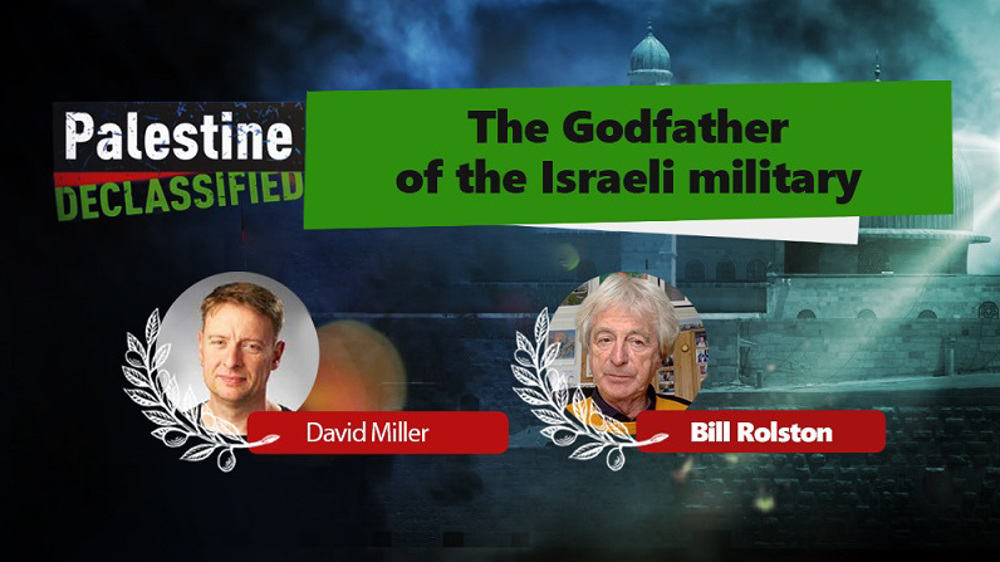
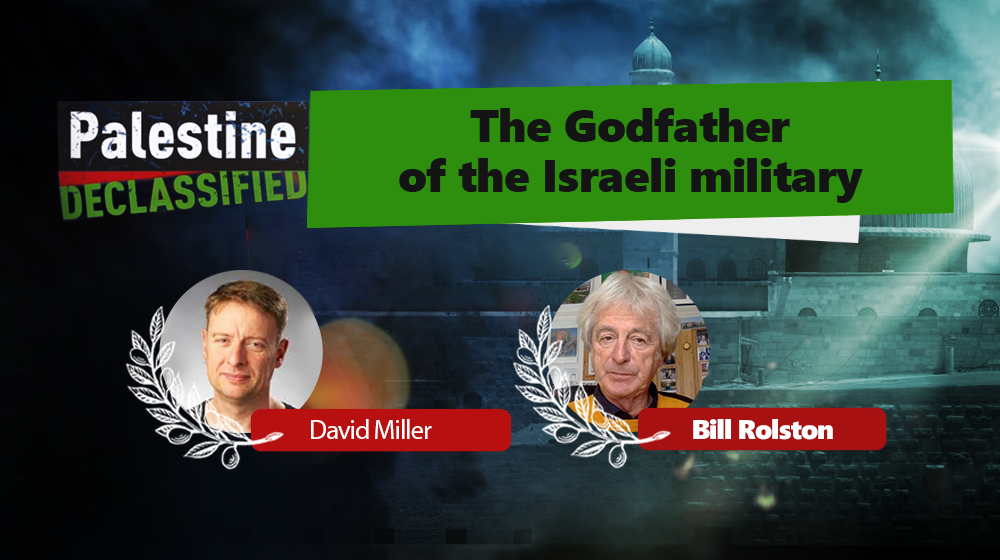
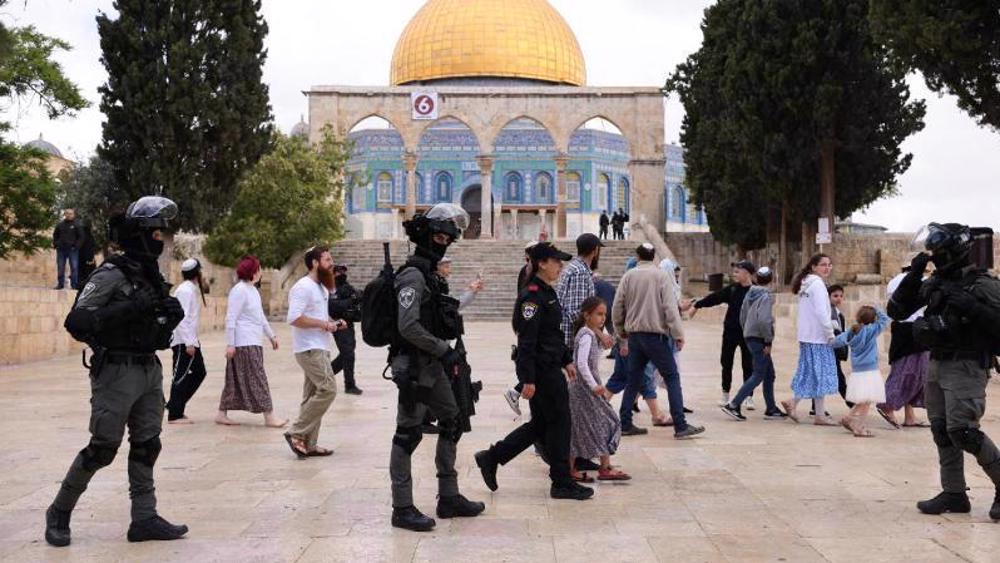
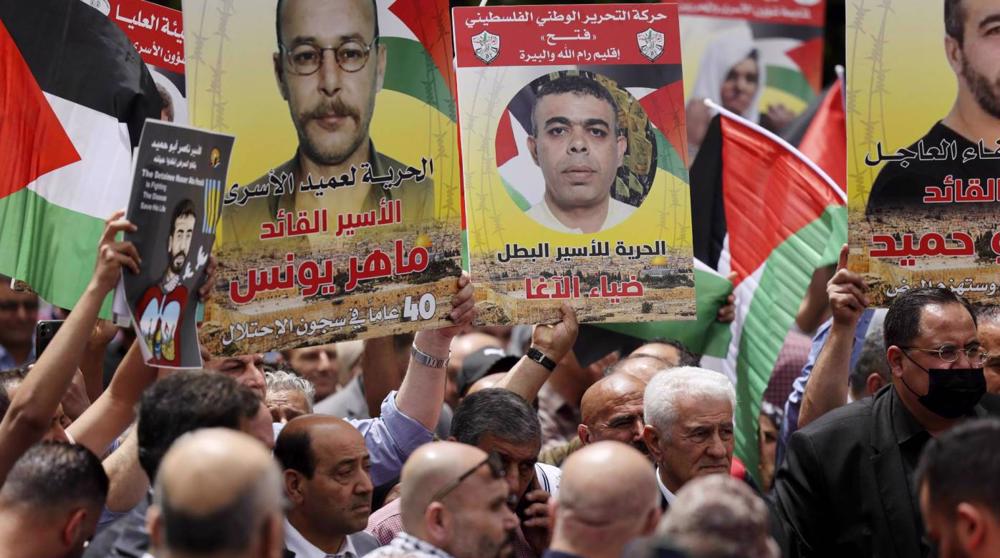
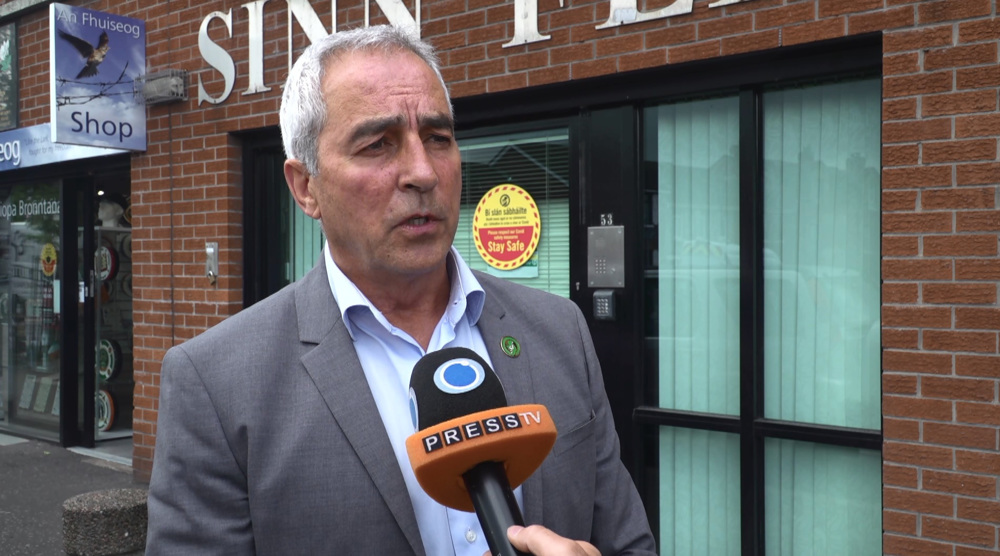

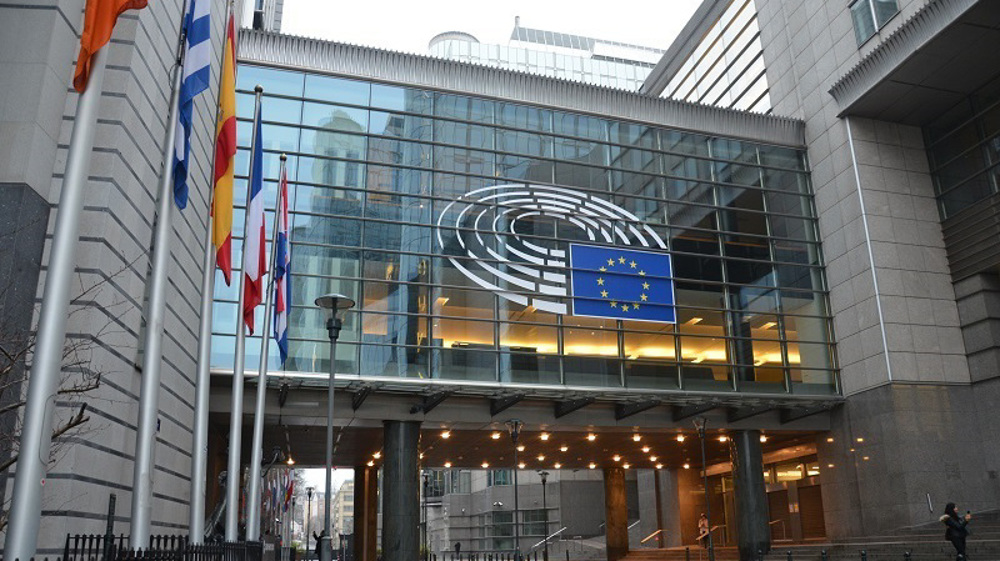
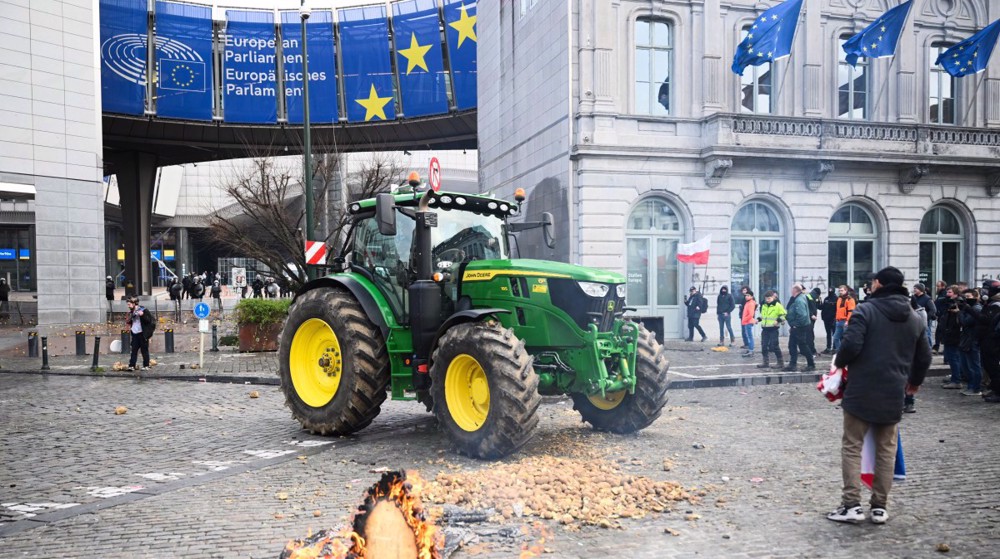



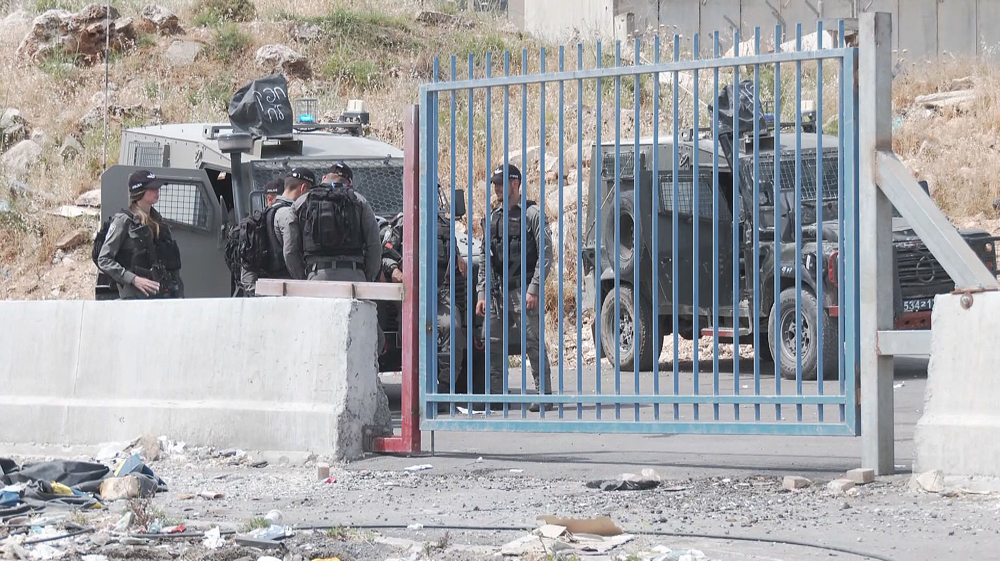
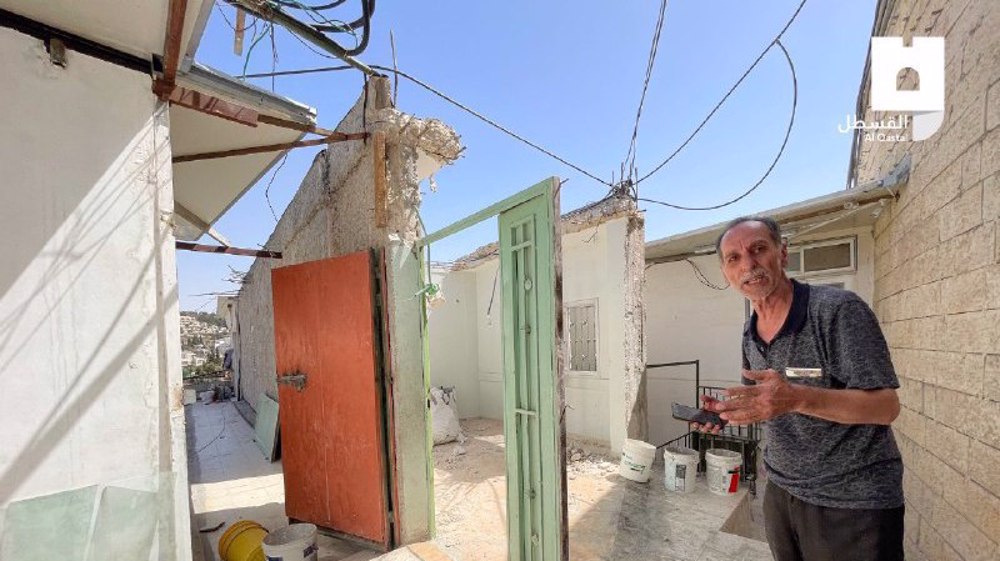
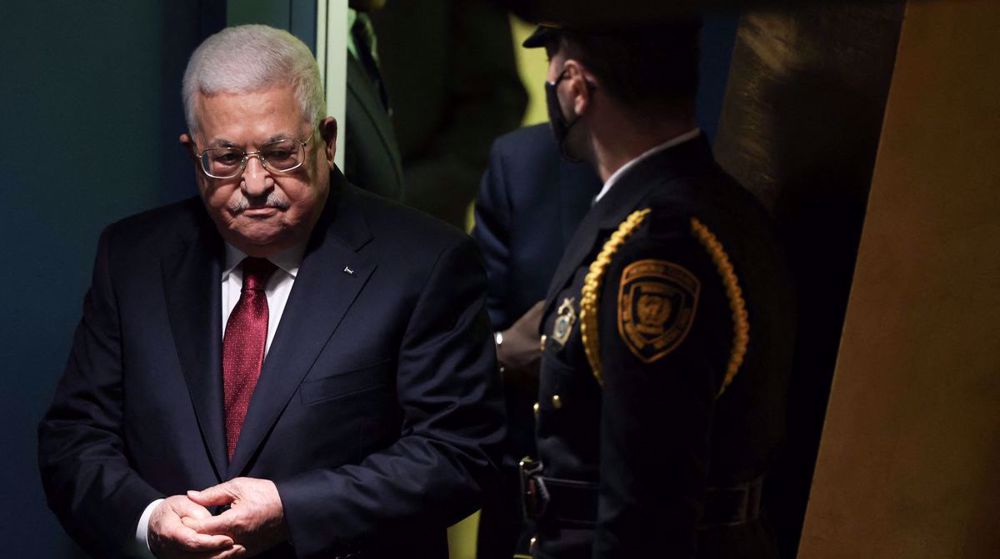
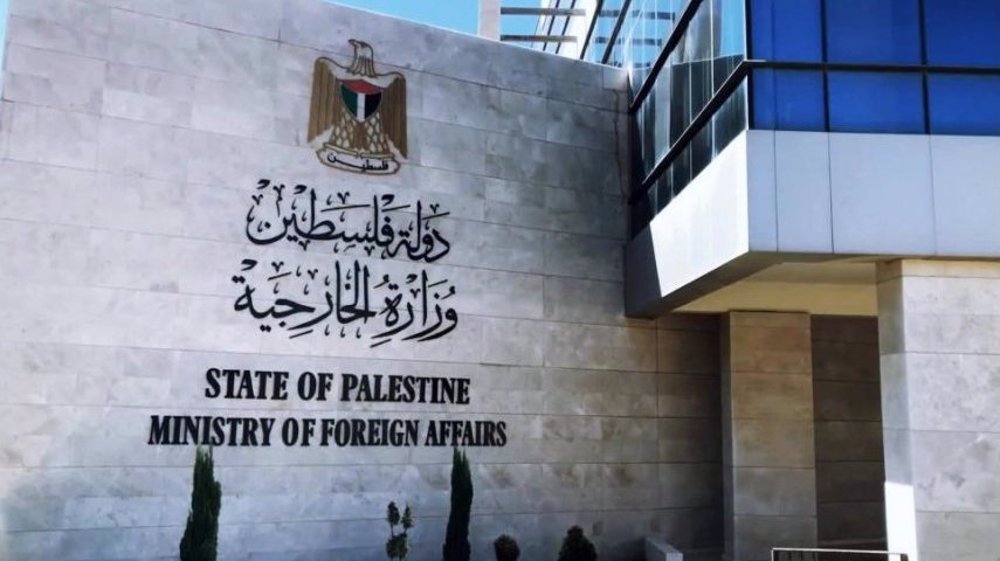
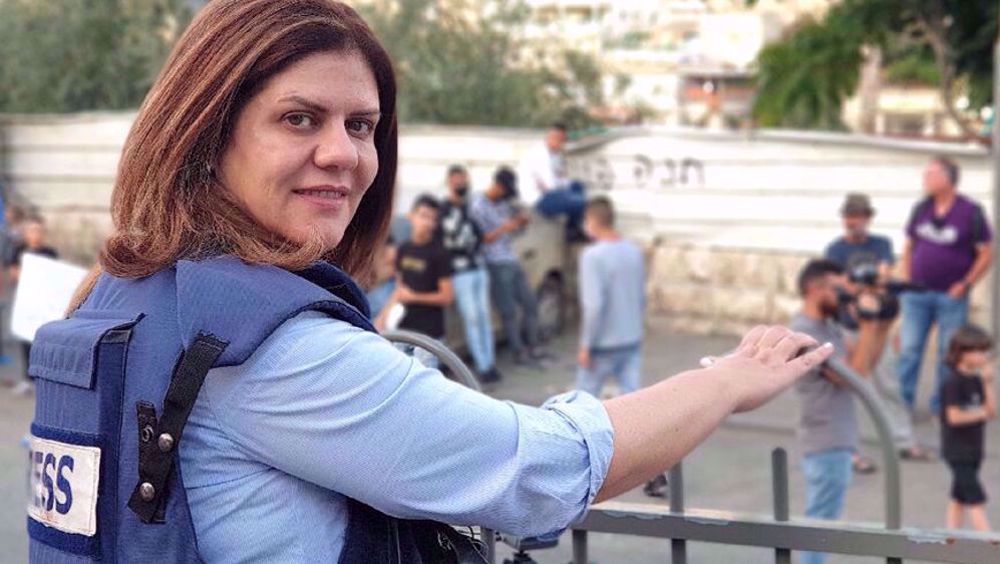
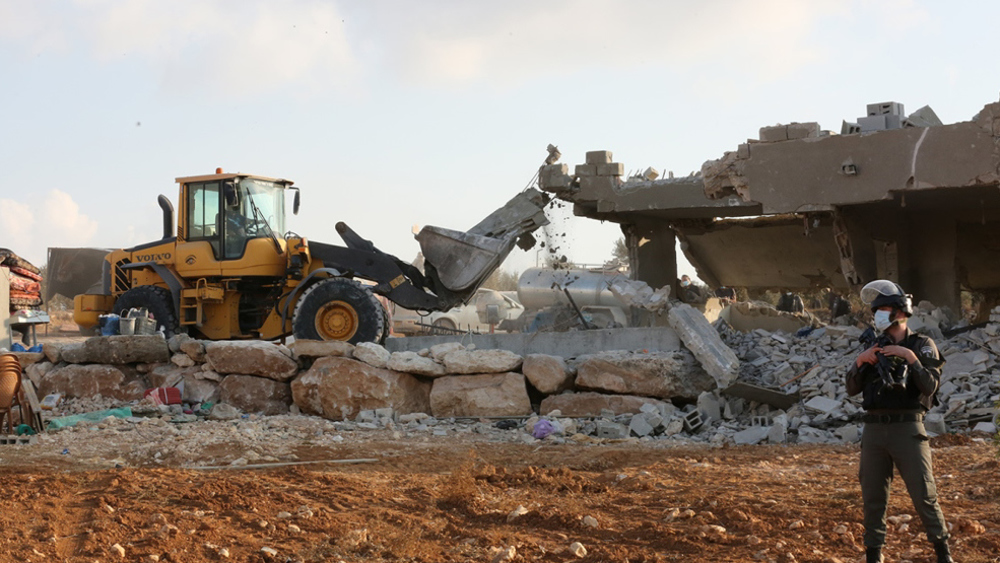
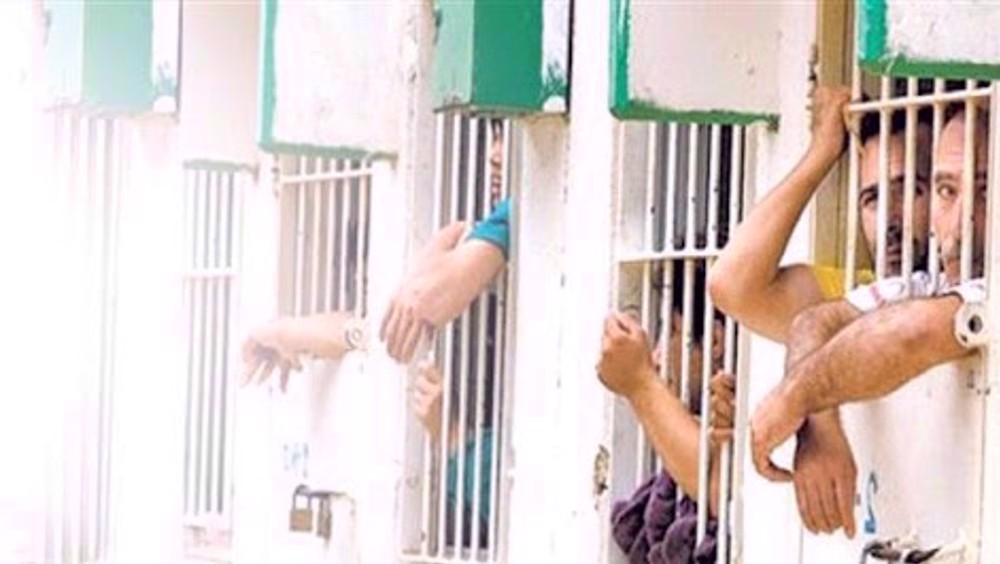
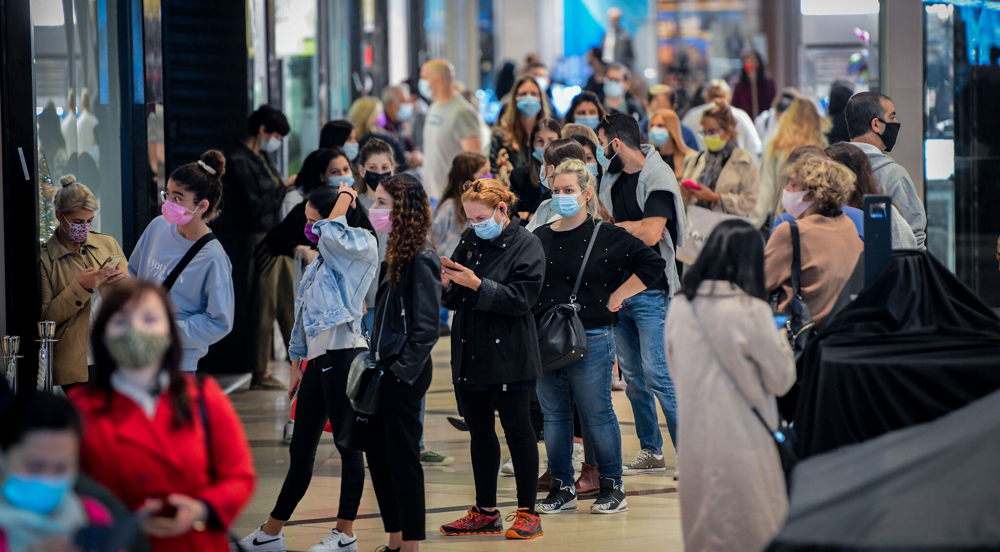
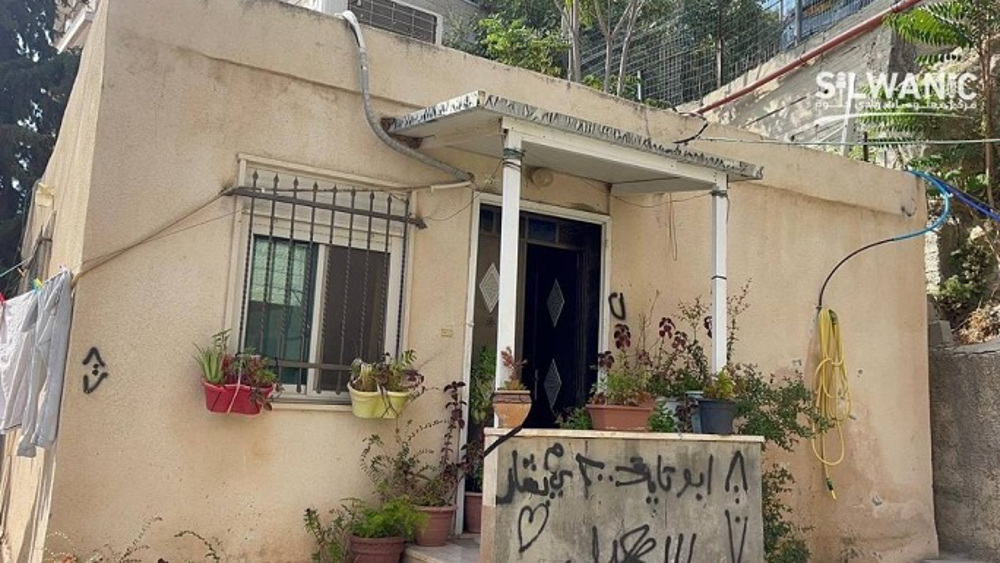
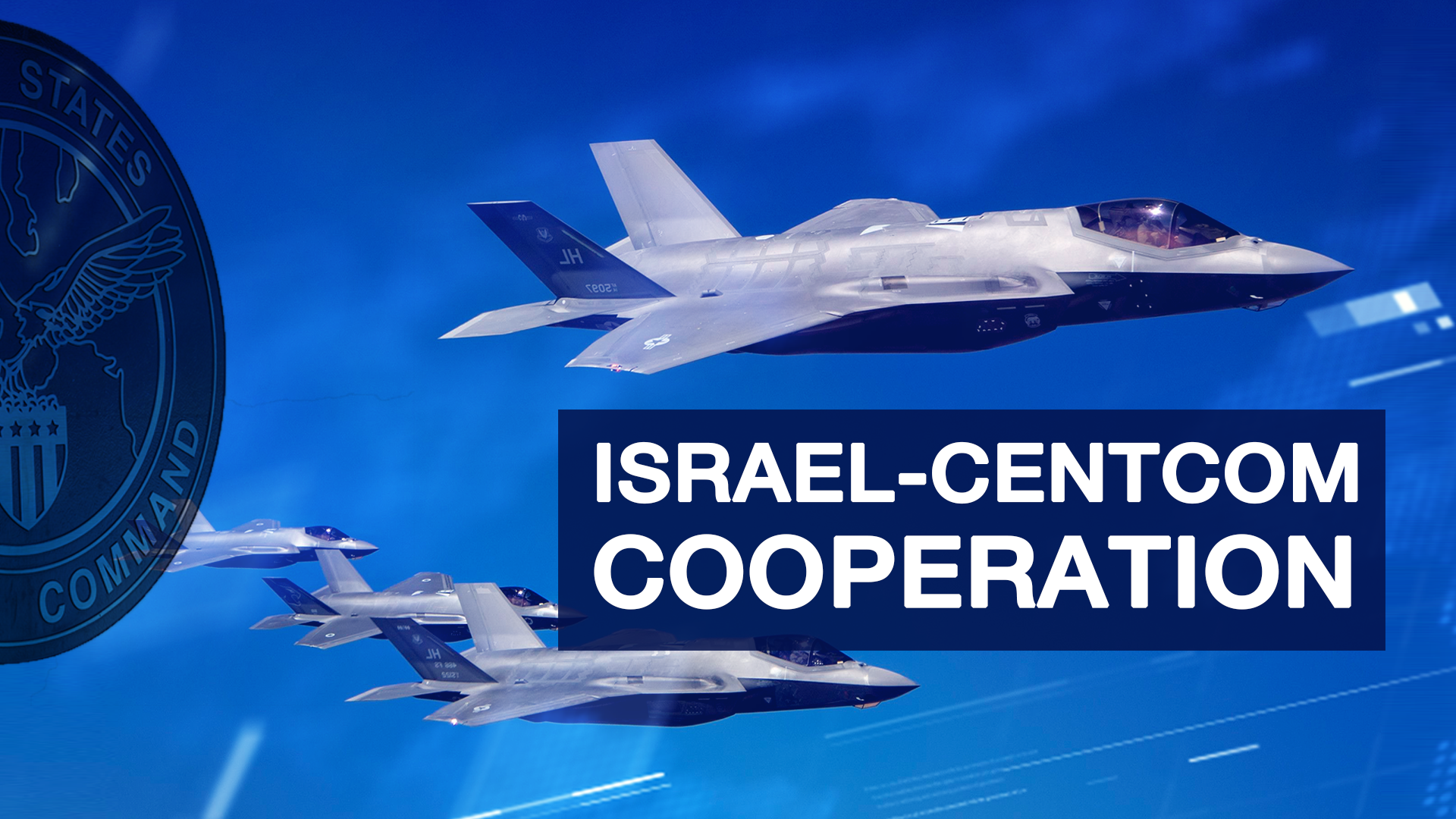

 This makes it easy to access the Press TV website
This makes it easy to access the Press TV website